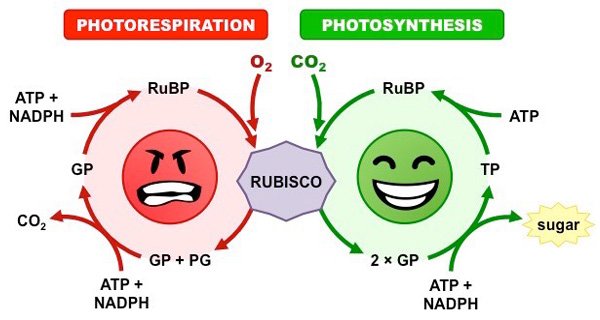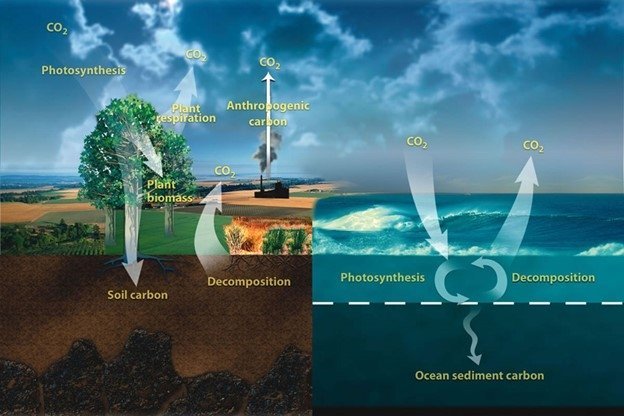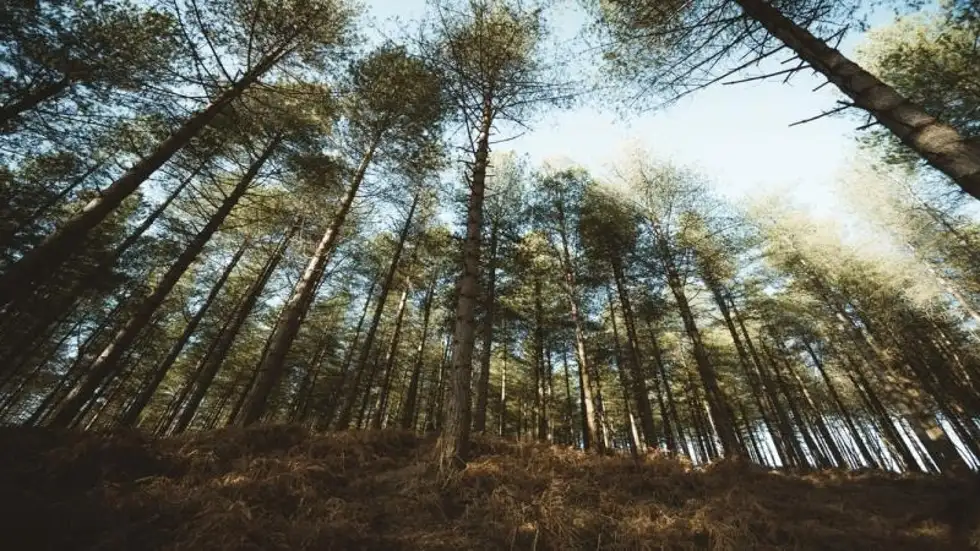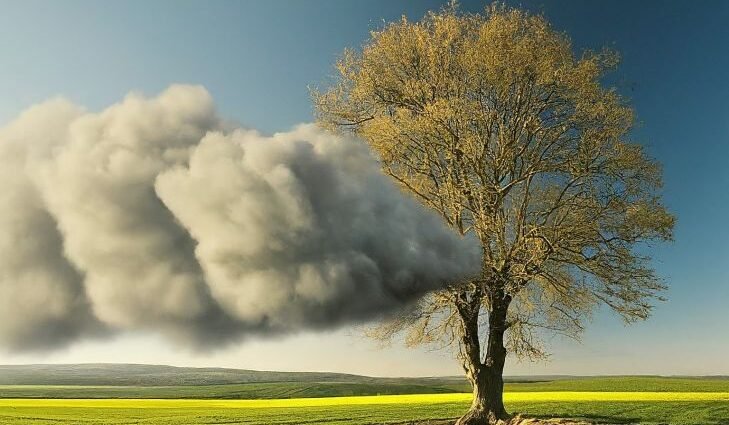New research shows trees may be releasing more carbon dioxide than they absorb in hot areas. This challenges the idea that planting trees can fight climate change. Worse yet, they’re releasing considerable amounts of excess CO2 back into the atmosphere through a process called photorespiration.

According to the US Department of Energy, plants absorb around 25 percent of the CO2 emitted as a result of human activity — but scientists are now expecting that number to go down significantly which will reduce the amount of carbon dioxide plants can remove from the atmosphere, thus hindering efforts to combat global warming.

“We found that trees in warmer, drier climates are essentially coughing instead of breathing,” said Max Lloyd, lead author of a paper from Penn State Geosciences dept. published in the journal Proceedings of the National Academy of Sciences, in a statement. “They are sending CO2 right back into the atmosphere far more than trees in cooler, wetter conditions.”
In a worldwide study, researchers discovered that photorespiration is much faster in hot places, up to two times faster . So, the hotter and drier things get, the more CO2 the trees release. The researchers identified that any climates that exceed average daytime temperatures of around 68 degrees Fahrenheit experience this effect.

Using fossilized wood, the team is now hoping to study how photorespiration rates have changed over tens of millions of years, which could test current theories of how much CO2 photosynthesizing organisms have historically been able to absorb and how this could change in the future.
Reference- Journal Proceedings of the National Academy of Sciences, Nature, Futurism, National Geographic






